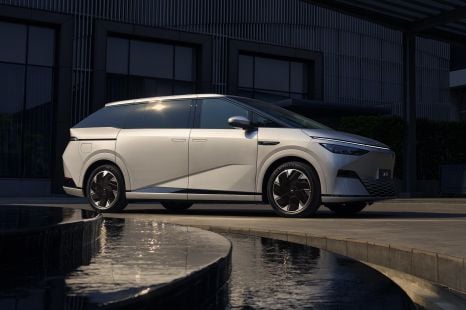

William Stopford
Will 2026 be the year of the people mover in Australia? China seems to think so
22 Hours Ago
The Chinese car market is no longer dominated by cast-offs and clones, with a wide variety of intriguing cars that aren't available here.

News Editor
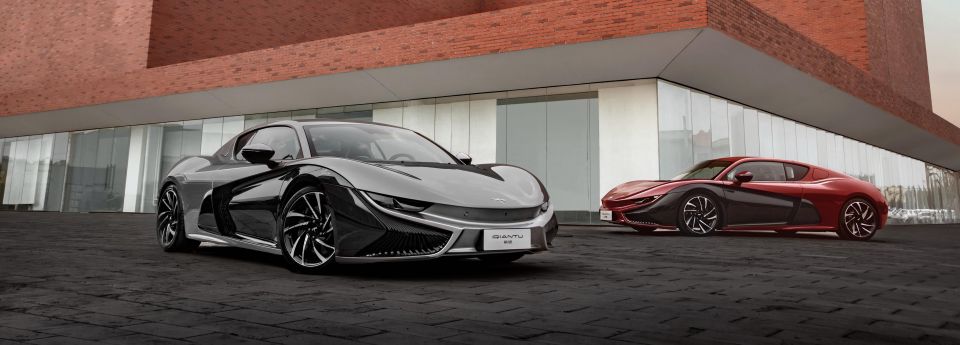

News Editor
Almost 100 foreign and domestic brands compete in the Chinese market, now the world’s largest car market.
With China being of such strategic importance to many automakers, it comes as no surprise that foreign carmakers have developed models specifically for this market. This level of investment has also meant domestic automakers have picked up their game over the years.
Here are ten interesting cars you can buy in the growing Chinese market but which you can’t buy here.
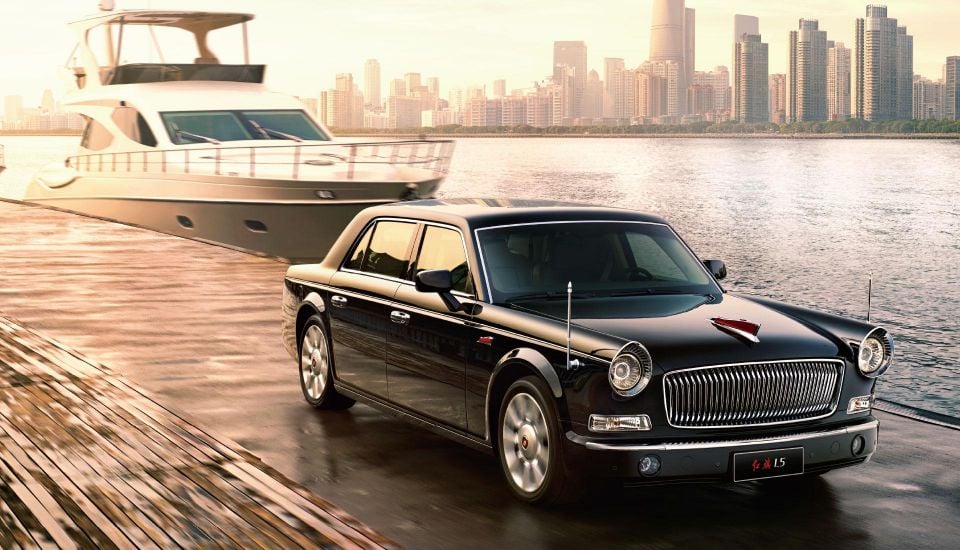
Hongqi (“Red Flag”) is China’s oldest car brand and is owned by FAW, one of the Chinese “Big 4” automakers.
For many years, Hongqi manufactured only official state vehicles for Chinese government officials, but recently it’s expanded into new segments as it tries to become a higher volume player in the Chinese luxury car market.
The L5 is representative, however, of Hongqi’s heritage. Introduced in 2013, it’s the official state car of the Chinese government and by far the most expensive car built in China, costing north of $1.0 million. Its styling is heavily inspired by the Hongqi CA770, manufactured from 1966 until 1981.

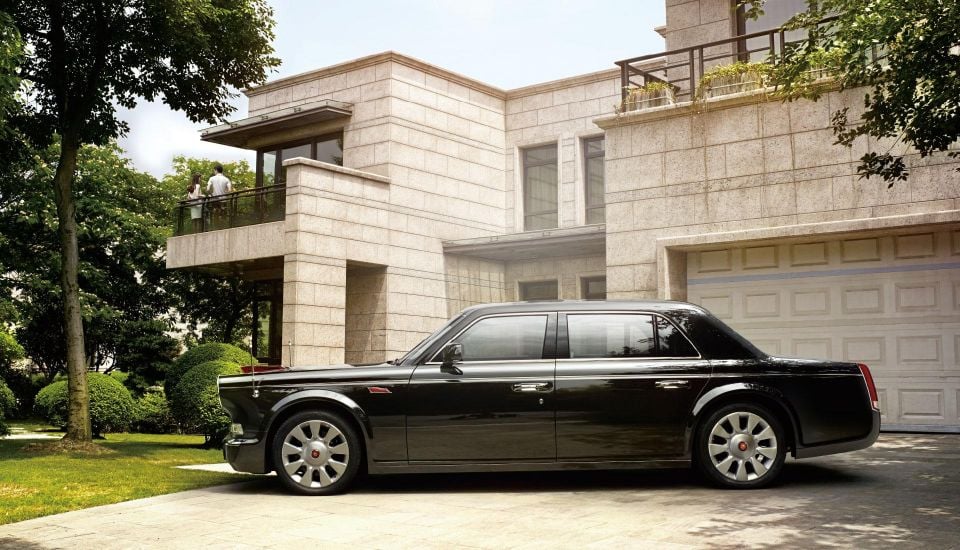
It’s certainly an acquired taste, with garish adornments like the red flag hood ornament and flag-shaped side indicators. Inside, there’s real rosewood trim and golden sunflower badging, which contrasts with the completely digital instrumentation.
The L5 features a naturally-aspirated 6.0-litre V12 engine, which delivers 300kW and 550Nm to all four wheels via a six-speed automatic transmission. It needs all the power it can get – it weighs 3150kg, or around 500kg more than the 500mm longer, extended-wheelbase Rolls-Royce Phantom.
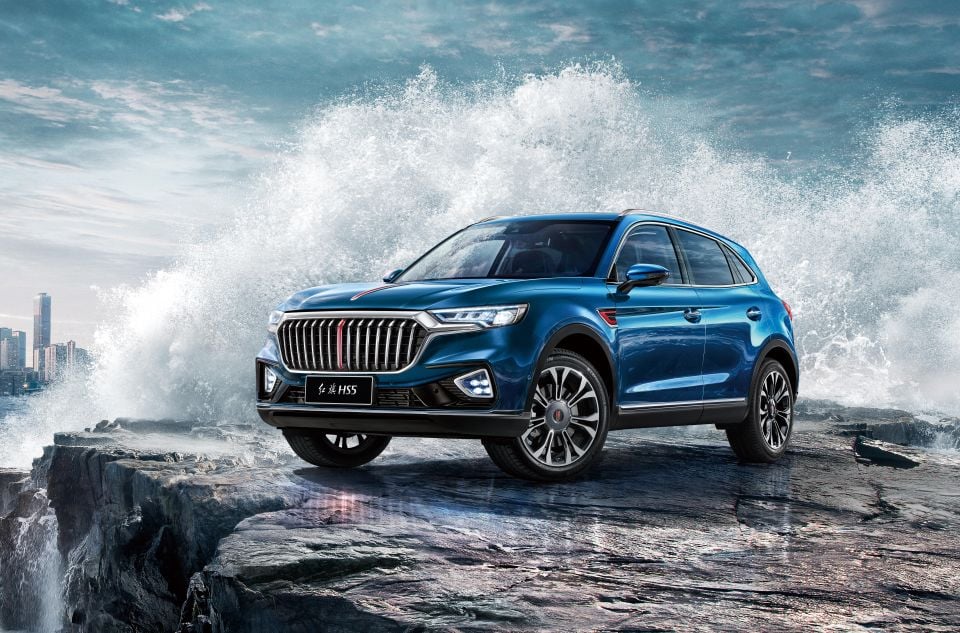
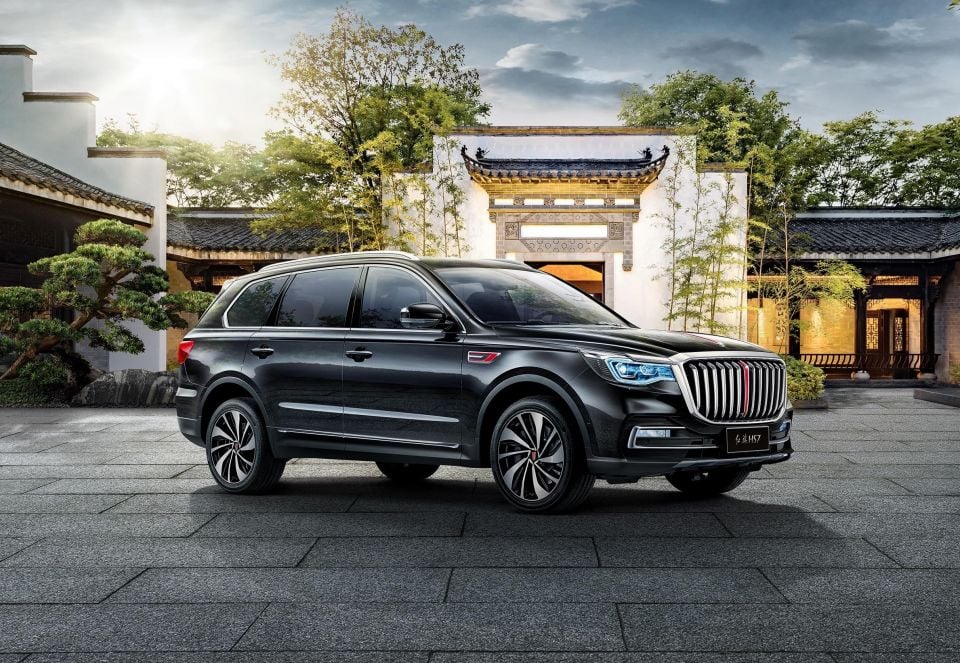
Hongqi has grown its sales from under 10,000 units per year to almost 100,000 last year and had a pre-COVID goal of 200,000 this year.
This massive growth has been fuelled by the introduction of the Mazdan6-based H5 and the brand’s first three SUV models over the last three years.
The HS5 and HS7 (above) rival the Audi Q5 and Q7, respectively, while the BMW X1-sized e-HS3 (below) is the brand’s first electric offering.

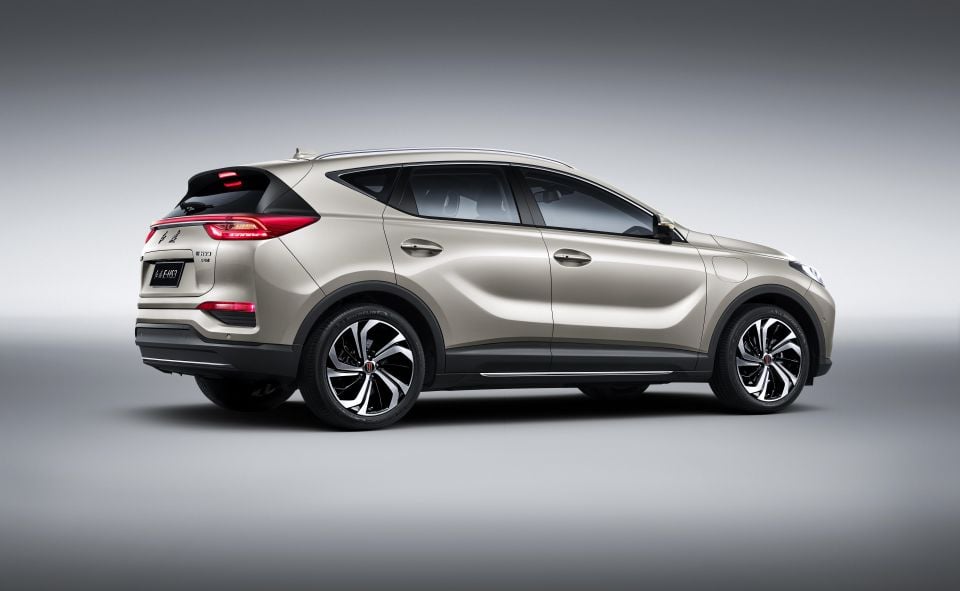
It features a 52kWh lithium-ion battery and comes standard with a single 113kW/340Nm electric motor and front-wheel drive. A dual-motor version doubles those outputs and delivers power to all four wheels.
Electric range is 407km for the front-wheel drive model and 344km for the all-wheel drive model, both measured under the more lenient NEDC standard.
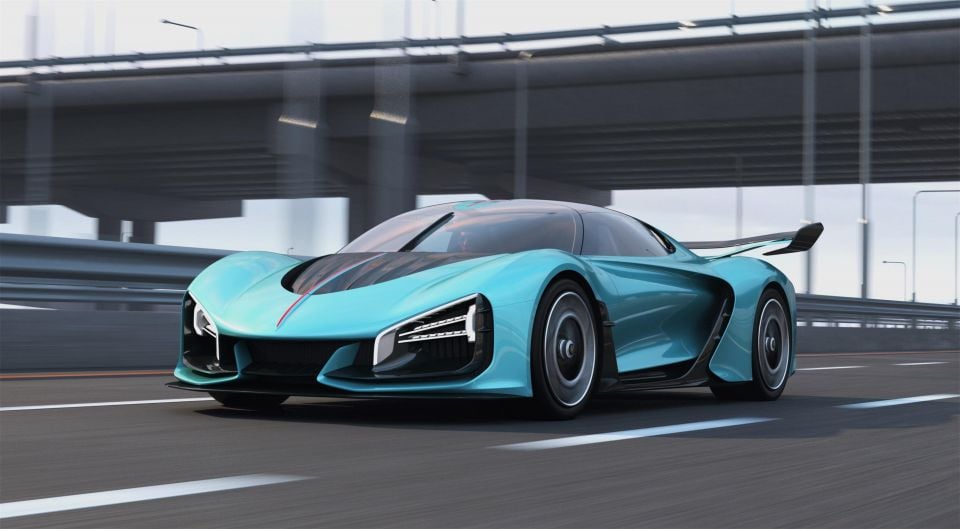

Hongqi wasn’t kidding about expanding into new segments. At last year’s Frankfurt motor show, it debuted its S9 hypercar.
The company claims the S9 – which it says will enter production next year – produces 1043kW of power from its hybrid powertrain and can do the 0-100km/h sprint in just 1.9 seconds, with a top speed of 400km/h.
That’s a pretty wild departure from stuffy state limousines!
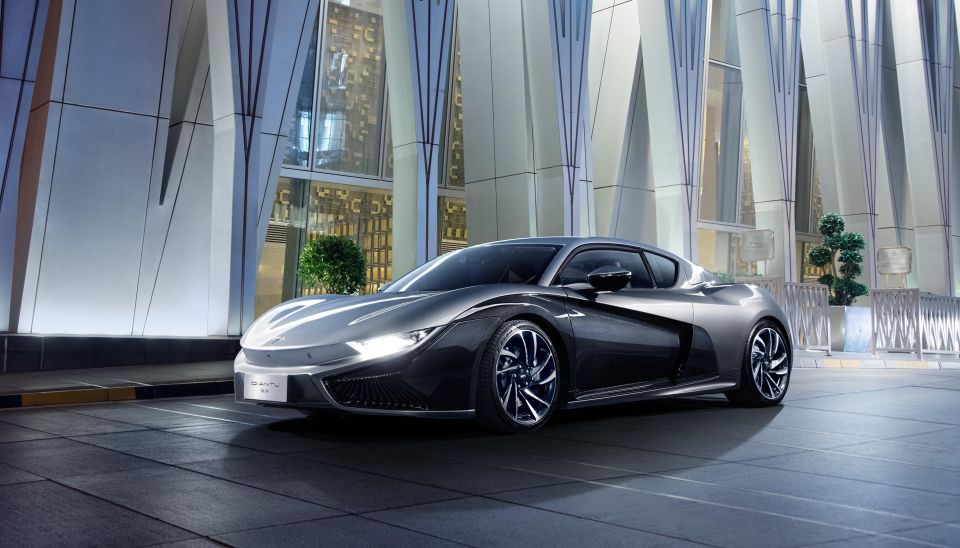
Chinese automakers manufacture millions of sedans, vans and SUVs every year, but one thing they aren’t known for is sports cars. One upstart brand, Qiantu, has gone against the grain and introduced a sports car – and it’s an electric one.
First previewed at the 2015 Shanghai motor show, the K50 finally entered production in 2018. Priced at just over 750,000 yuan ($151,000), it features a 160kW/290Nm electric motor on each axle and a liquid-cooled 78kWh lithium-ion battery pack mounted behind the seats.
Its electric range is 380km (NEDC) while its total system output is 280kW of power and 580Nm of torque, though a boost mode ups those figures to 320kW and 677Nm.
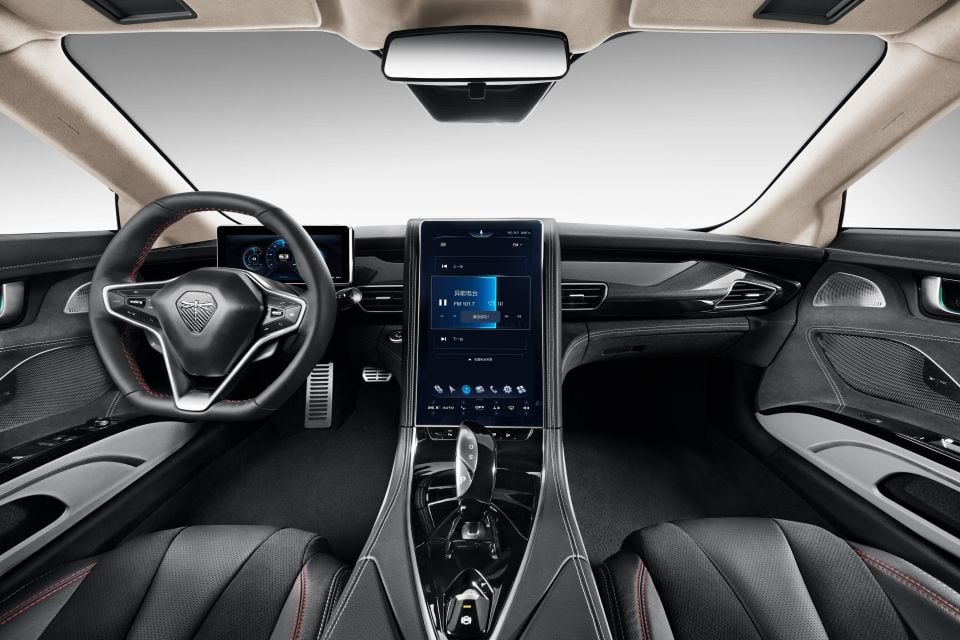
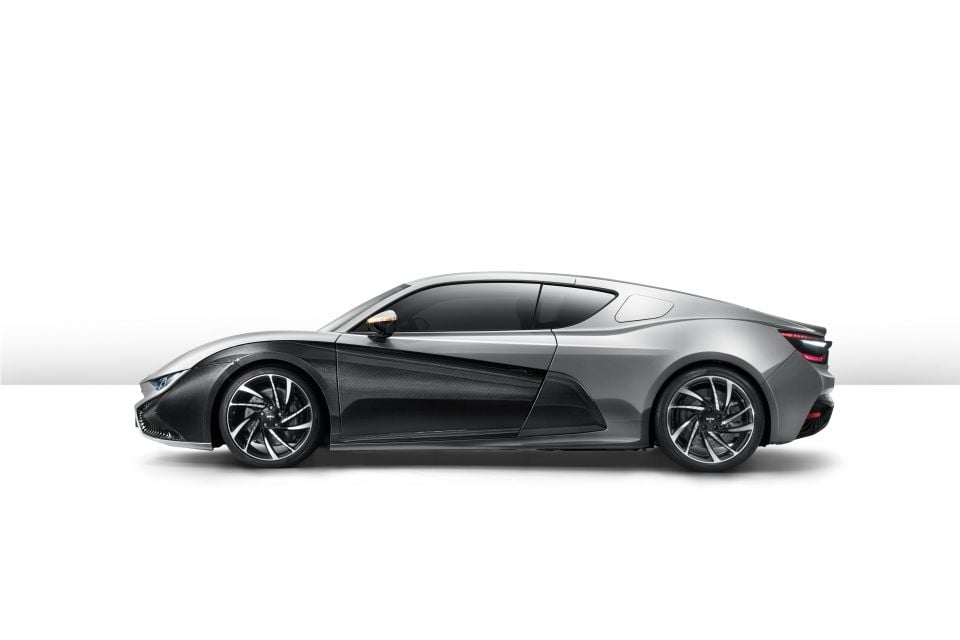
It falls shy of supercar performance, though, with a 0-100km/h time of 4.5 seconds – blame a hefty kerb weight just under 2000kg, despite its aluminium space-frame construction and carbon-fibre bodywork.
Dual-motor all-wheel drive, dynamic torque vectoring and a near 50:50 weight distribution help the K50 once the road starts to curve. The 19-inch wheels are wrapped in Pirelli P Zero tyres, with stopping handled by four-piston Brembo brakes.
There are plans by US firm Mullen Technologies – first announced back in 2016 – to import completely knocked-down (CKD) examples of the K50 into the US to sell as the Dragonfly K50. No other global plans have been outlined, though.
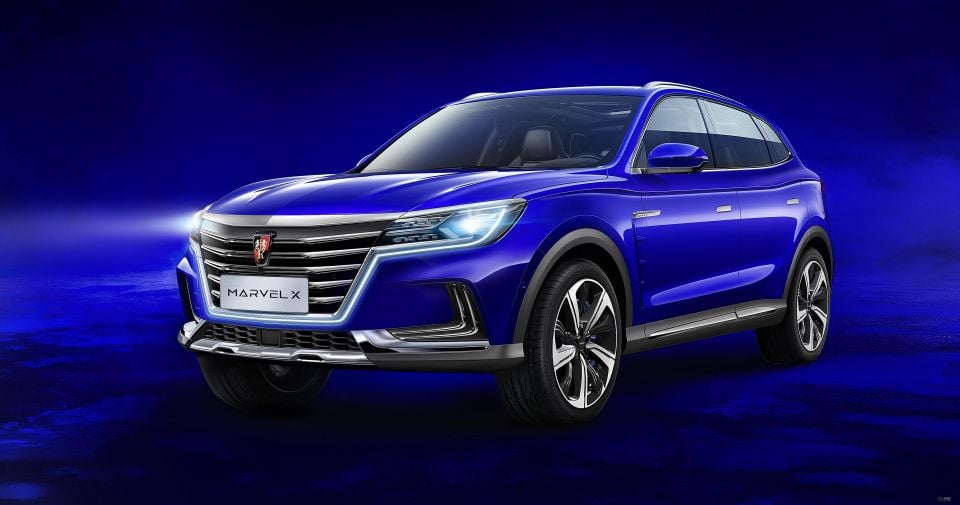
There’s no shortage of electric SUVs in China nowadays, including the polished-looking EC6, ES6 and ES8 from start-up Nio.
The Marvel X, first introduced in 2018 by MG’s SAIC Motor sister brand Roewe, is one of the more impressive options.
Sorry, Audi, but Roewe beat you to the punch with a tri-motor electric all-wheel drive SUV.
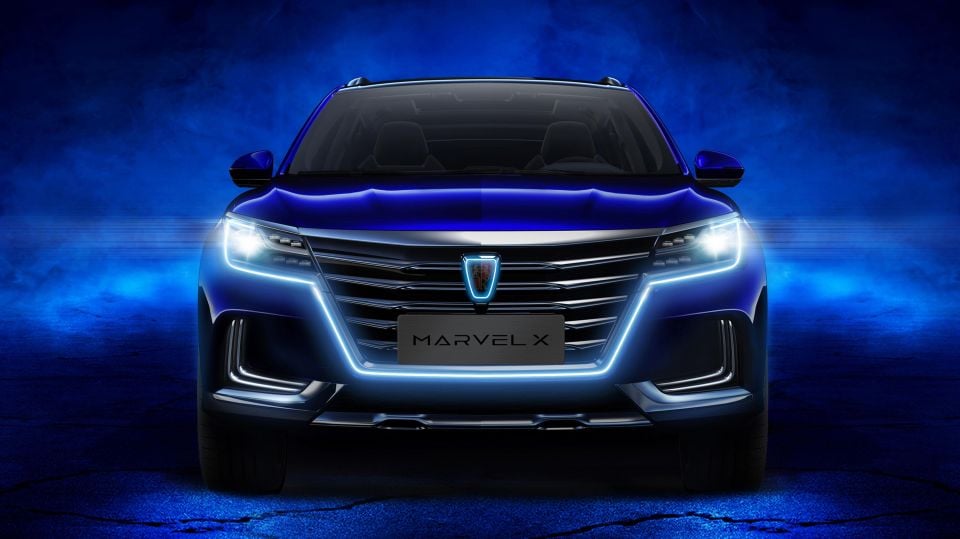

Mated with a 52.5kWh lithium-ion battery, the Marvel X’s flagship powertrain produces 222kW of power and 665Nm of torque. That’s good for a 0-100km/h sprint of 4.8 seconds and an electric range of 370km (NEDC).
For comparison, the E-Tron S hits 100km/h in 4.5 seconds and has an electric range of 360km under stricter WLTP standards.
Less expensive Marvel X models feature a dual-motor set-up and rear-wheel drive, with 137kW of power and 410Nm of torque, and a driving range of 403km.
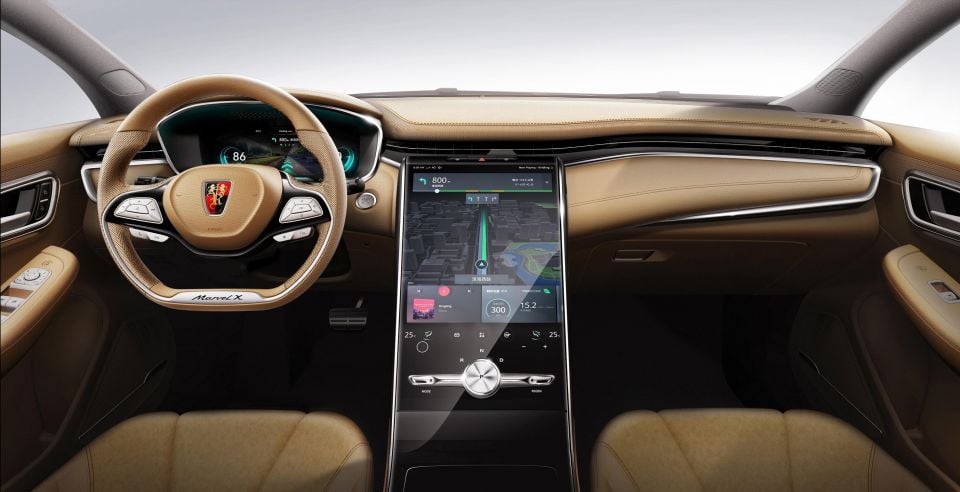
All Marvel X models feature Tesla-like items such as a 19.4-inch portrait-oriented touchscreen, remote parking functionality and flush exterior door handles.
There’s also augmented reality navigation, a 12.3-inch digital instrument cluster and adaptive cruise control that can follow the vehicle in front. The chrome grille and warm saddle leather interior, however, are suggestive of the Roewe brand’s origins as a resurrected Rover.
The Hyundai Tucson-sized Marvel X has been previewed in India wearing the MG octagon. Should SAIC Motor develop a right-hand drive model for India, we’d love to see it come here, too.
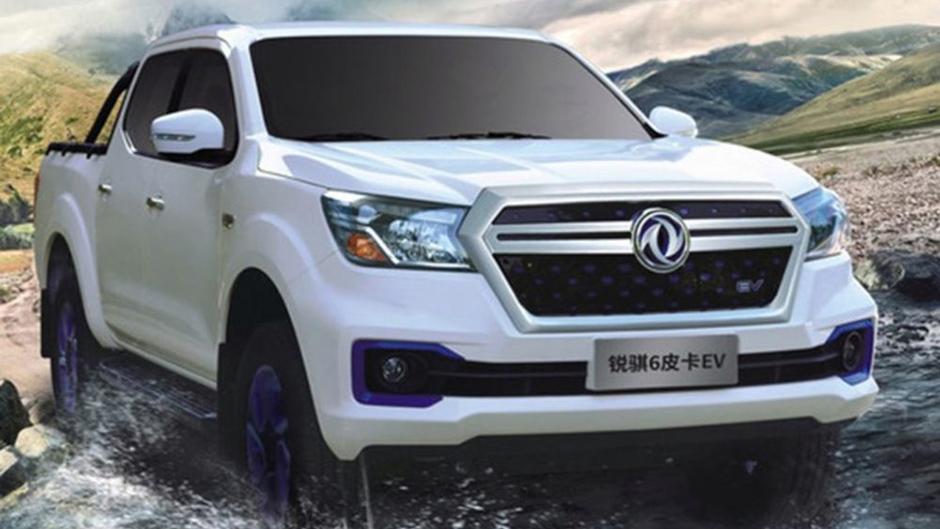
Though the Chinese government has reduced incentives in the past couple of years, the country remains the world’s largest market for EVs.
It makes sense, then, that the first battery-electric dual-cab ute would come from China. Dongfeng, Nissan’s Chinese joint-venture partner, beat players like General Motors and Tesla to the market with its Nissan Navara-based Rich 6 EV.
The internal combustion engine has been swapped out for a 68kWh lithium-ion battery and a single electric motor, producing 119kW of power and 420Nm of torque. Dongfeng claims an electric range of 403km, but that’s following generous NEDC measures.
Those specifications probably wouldn’t be enough to convince Aussie ute buyers to make the leap to an EV.
The price tag? 299,800 yuan, which works out to around $61,000 at current exchange rates.

When Ford ended local production, the long-running Falcon was ostensibly replaced by the Mondeo. However, the Mondeo had already been offered here for several years so it wasn’t a direct replacement. One, however, was available overseas.
Based on the same front-wheel drive CD4 platform as the Mondeo, the Chinese-built Ford Taurus was launched in 2016.
Fractionally longer and wider than the FG X Falcon, the Taurus was designed by Australian Todd Willing and some of Ford’s local engineering team helped in its development.

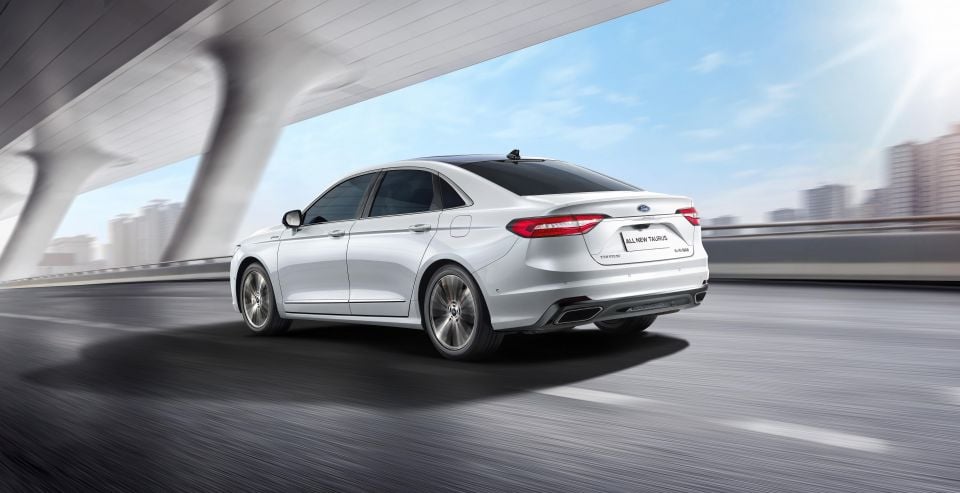
The Taurus was introduced with a choice of two engines: a 2.0-litre turbocharged four-cylinder producing 180kW of power and 390Nm of torque, and a twin-turbocharged 2.7-litre V6 producing 242kW of power and 475Nm of torque.
Both delivered power to the front wheels via a six-speed automatic transmission. A 135kW turbocharged 1.5-litre four arrived later.
If you feel like we missed out, imagine how Americans felt. The Taurus revolutionised the American mid-sized market when it was launched in 1986 and the nameplate spanned six generations in the US.
Last redesigned in 2010, the now full-sized Taurus received a minor refresh for 2013 and then was left to trudge on until it ended production this year.
Meanwhile, Chinese consumers had a much fresher, more space-efficient Taurus available.
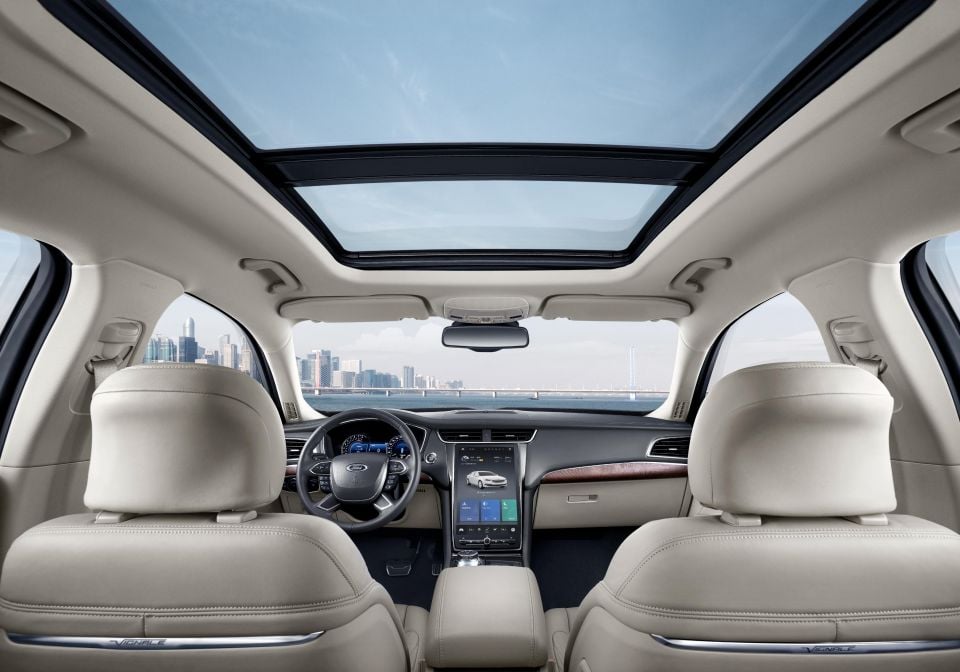
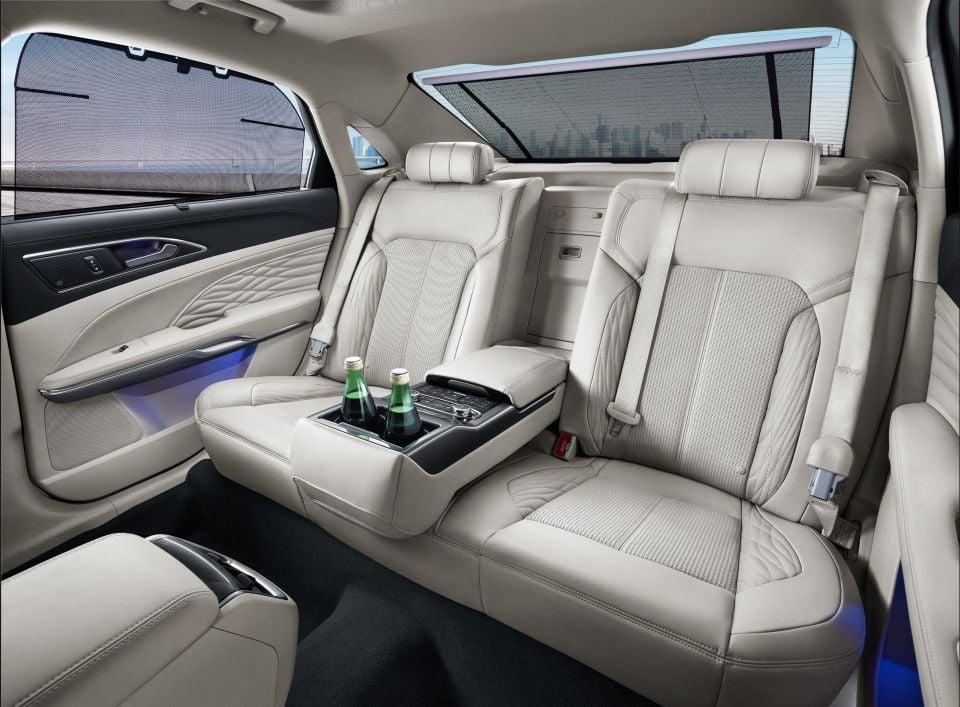
Since its handsome if subtle facelift for 2020, the Taurus now offers only the 2.0-litre turbo four.
There is, however, a new eight-speed automatic transmission and a range-topping Vignale variant with heated, cooled and reclining rear seats plus a 12.8-inch portrait-oriented touchscreen infotainment system and a 14-speaker Bang & Olufsen sound system.
Changan Ford started exports of the Taurus just this year, but it won’t be coming here. Sorry, Americans – you’ll miss out, too.
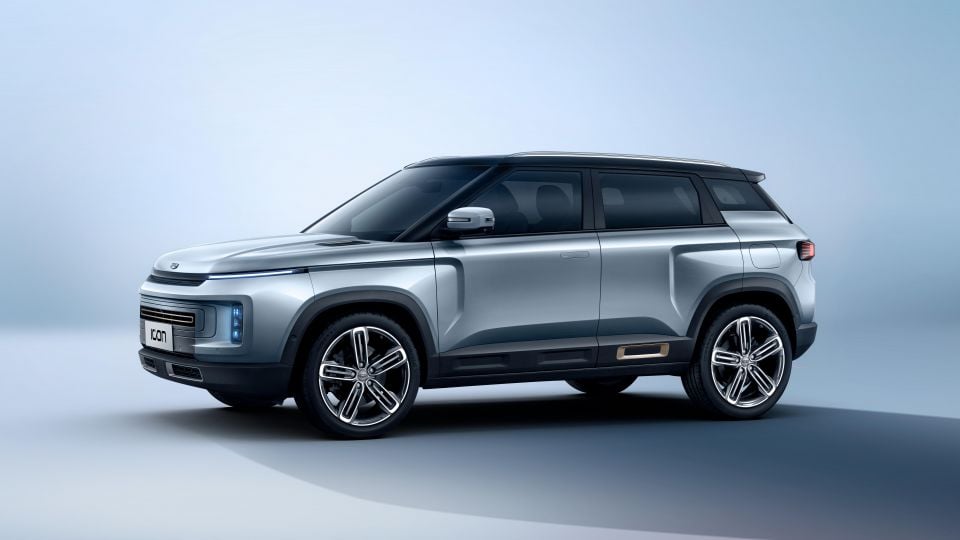
The Chinese market is teeming with domestic car brands and almost every single one of them – from Huansu to FAW – manufactures a modern-looking crossover.
The blatant copycats have been mostly weeded out and many Chinese SUVs are actually quite attractive. None, however, are as bold as the Geely Icon.

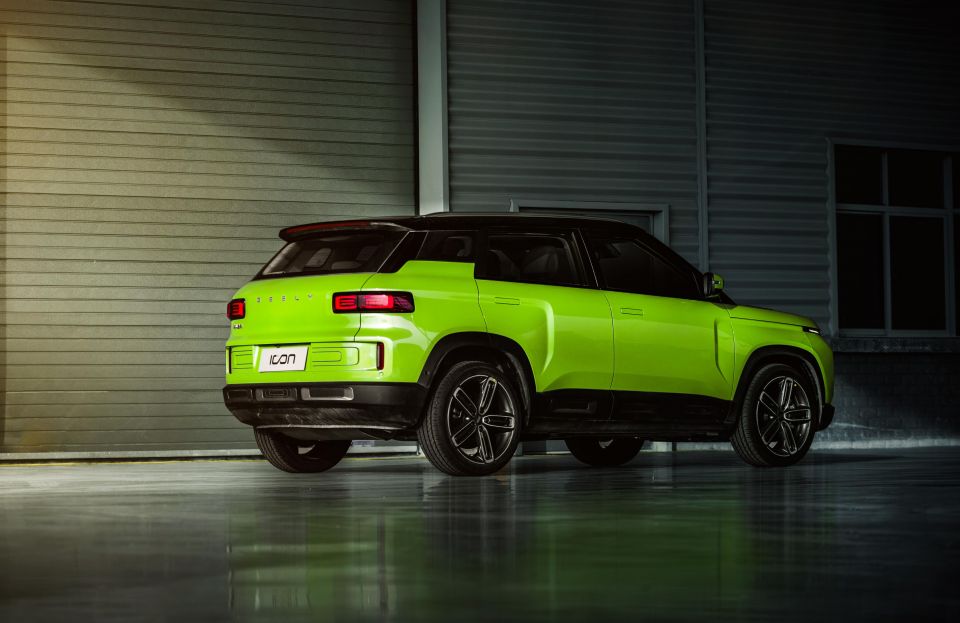
On paper, there’s nothing terribly game-changing about the Geely Icon.
Roughly the same size as a Kia Seltos, the front-wheel drive Icon is powered by a turbocharged 1.5-litre three-cylinder engine producing 130kW of power and 255Nm of torque.
It’s mated to a seven-speed wet dual-clutch automatic transmission and is available with a 48V mild hybrid system, boosting outputs to 140kW and 300Nm.
Where the Icon truly stands out is in its design. Penned under Geely’s design chief Guy Burgoyne, formerly of Holden, the Icon eschews the typical crowd-pleasing design of Chinese crossovers for something that’ll ruffle some feathers.
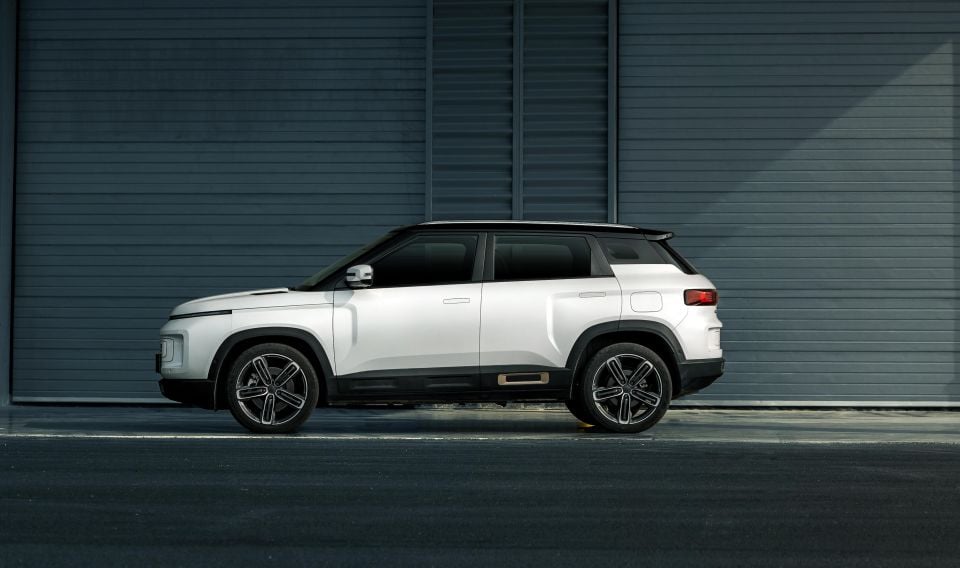
With its flared fenders and nesting doll (“expanding cosmos”) elements front and rear, it blazes a new design path for the Geely brand and shows the company has reached a level of design maturity.
Geely sells nine crossovers and SUVs in total but the Icon is the most visually daring by far. It might just be the most visually daring Chinese SUV, period.
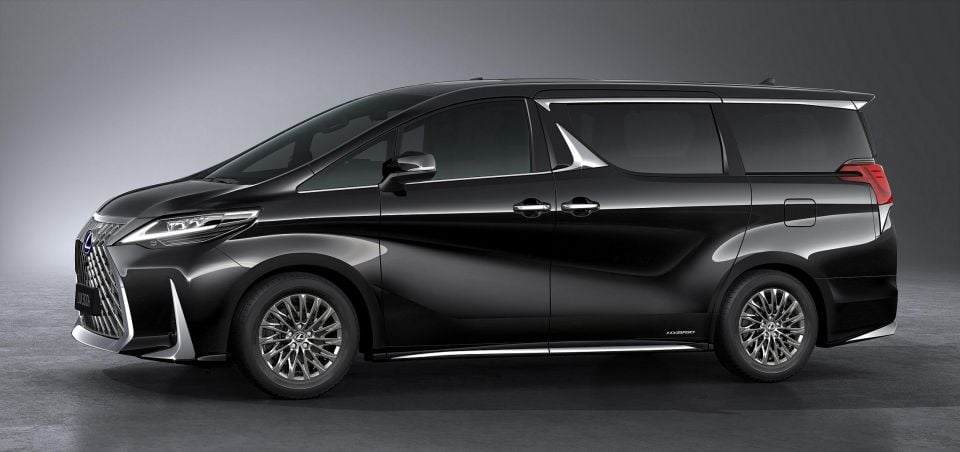
No market cares about rear-seat comfort than China, while no country produces more luxurious vans than Japan.
So, Toyota has developed a luxury van posher than the poshest of its Alphard, Vellfire and Granvia vans, and it’s been designed specifically for China.
First previewed at last year’s Shanghai motor show and based on the front-wheel drive Alphard, the LM300h and LM350 share its 2.5-litre four-cylinder hybrid and naturally-aspirated 3.5-litre V6 powertrains, respectively.
There’s a conventional seven-seat variant but the real highlight is the four-seat version.
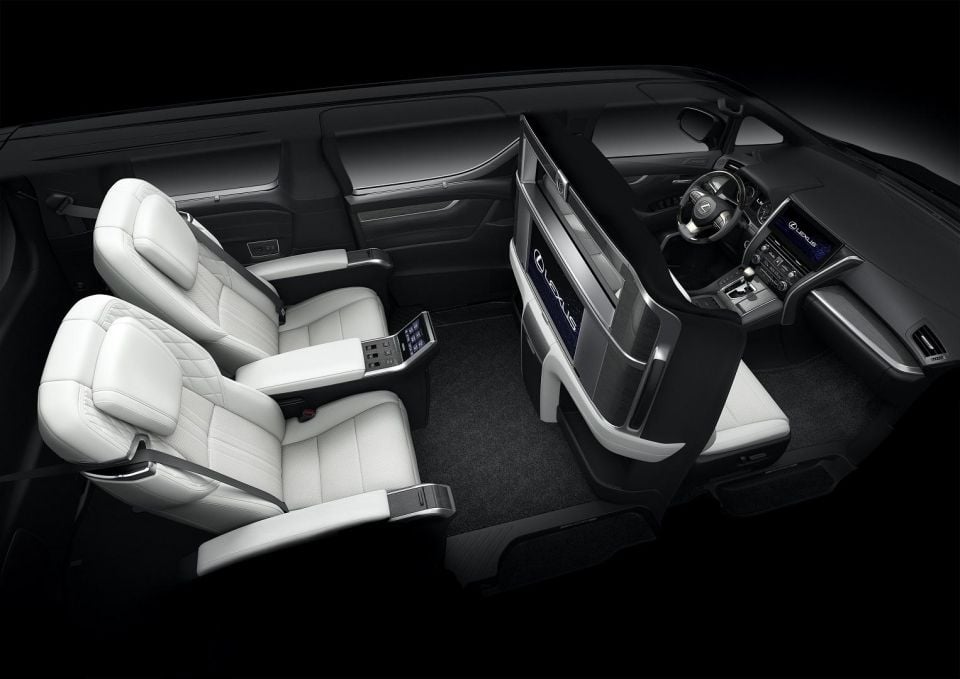
Rear seat passengers luxuriate in two first-class style reclining, massaging, heated and cooled leather seats with urethane foam padding and power ottomans.
A partition separates them from their driver, and they can pass the time watching blu-rays on the 26-inch screen.
There’s storage for their umbrellas plus a 14L refrigerator with room for two bottles of Dom Perignon. Naturally, there’s a touchscreen control panel to adjust the seats, ventilation and 19-speaker Mark Levinson surround sound system.
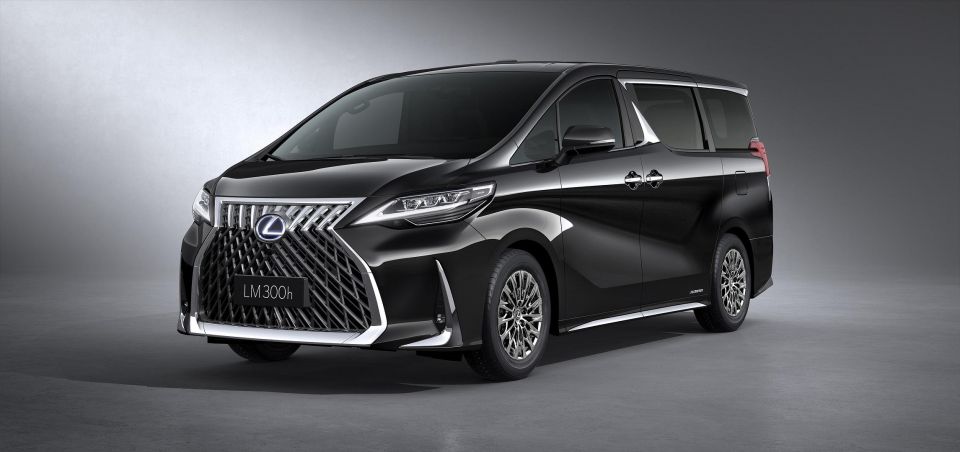
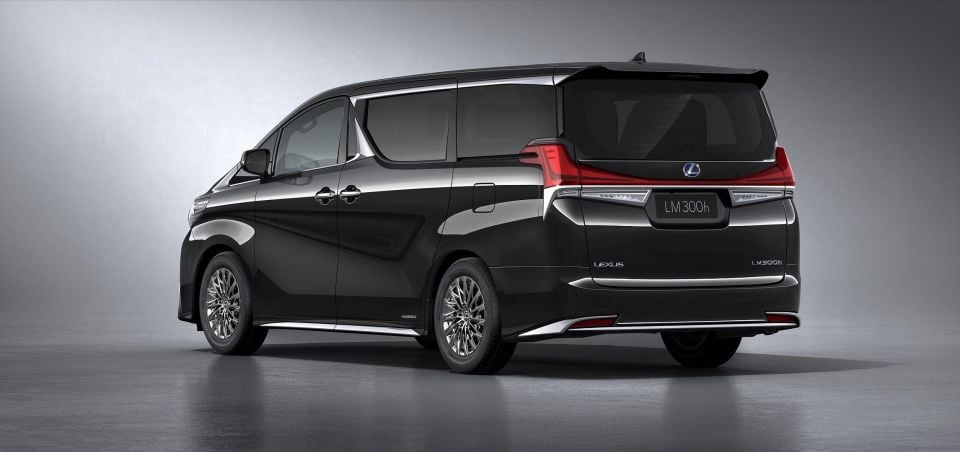
The sybaritic LM measures 5040mm long and 1850mm wide which, while 260mm shorter and 120mm narrower than our Granvia, means there’s a lot of stretch-out room.
Lexus advertises its “Luxury Mover” as “an upgrade from business class”. For once, the marketing tagline is bang on the money.
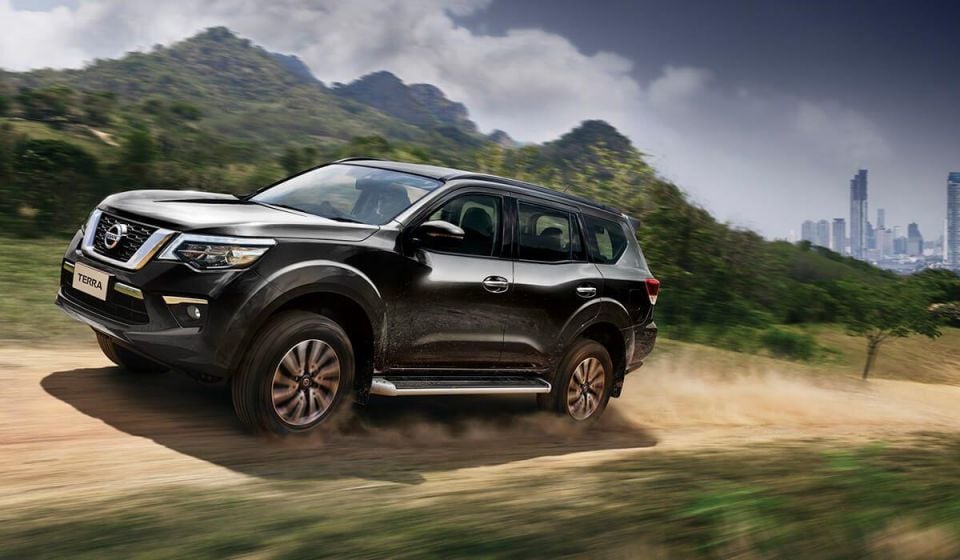
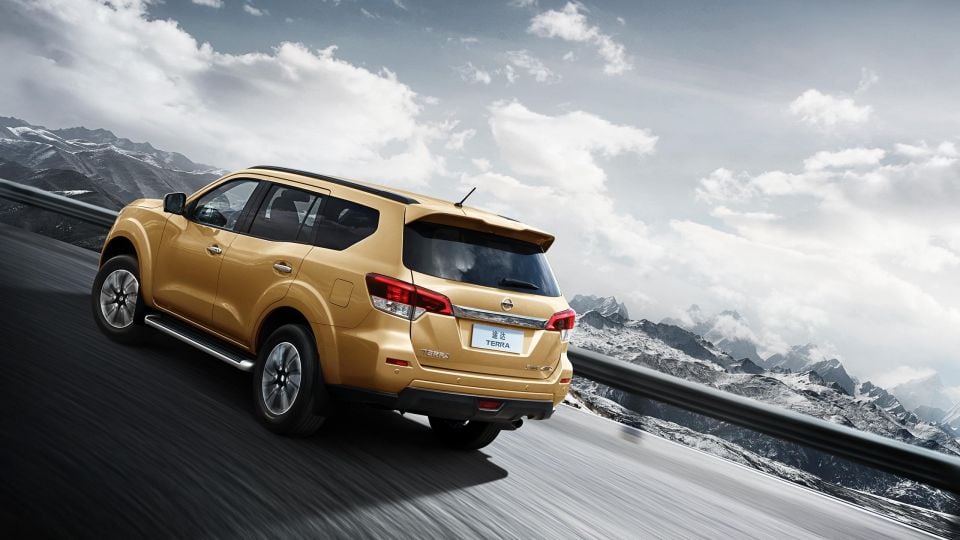
Ford, Isuzu, Mitsubishi and Toyota all offer ute-based, three-row SUVs in Australia and yet Nissan doesn’t.
With the current, fourth generation of Pathfinder, launched all the way back in 2013 and manufactured in the US, Nissan switched from Navara underpinnings to a unibody platform. This was done to better appeal to an American market that was rapidly moving away from all but the largest of body-on-frame SUVs.
A slightly smaller, go-anywhere SUV related to the Navara – called Paladin in China and Xterra in North America – continued to be manufactured until 2015.
After a few years’ gap, Dongfeng Nissan revealed the new, Navara-based Terra in 2018.
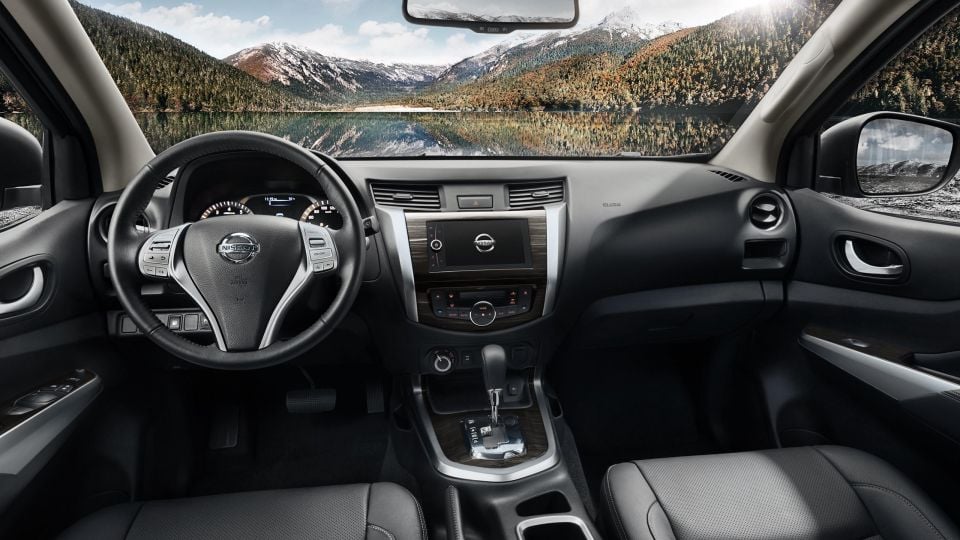
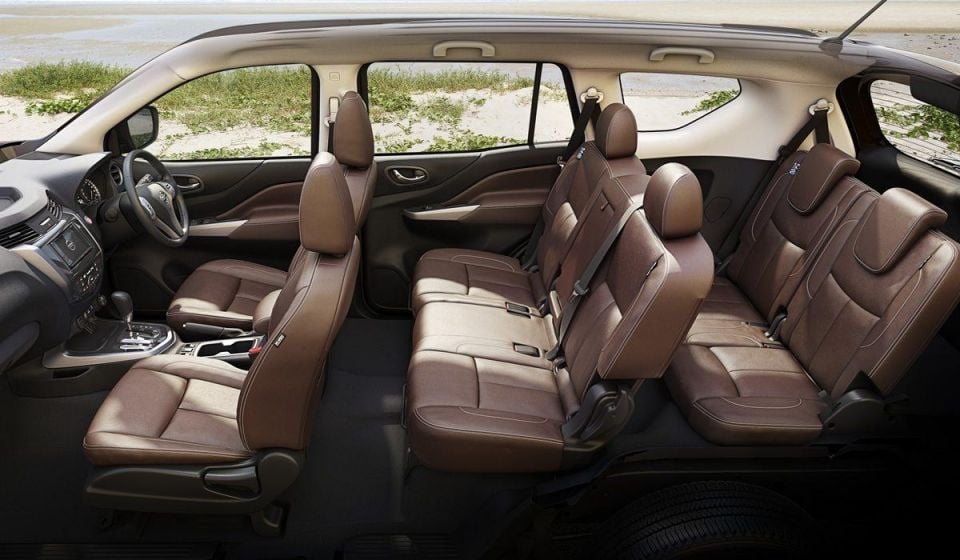
In the Chinese market, generally quite averse to diesels, it’s available only with a naturally-aspirated 2.5-litre four-cylinder engine producing 142kW of power and 245Nm of torque. It’s mated to either a six-speed manual or a seven-speed automatic transmission.
In other, more diesel-friendly markets, such as Thailand, the Terra features the Navara’s twin-turbocharged 2.3-litre diesel four-cylinder engine producing 141kW of power and 450Nm of torque. It’s available only with a seven-speed automatic transmission.
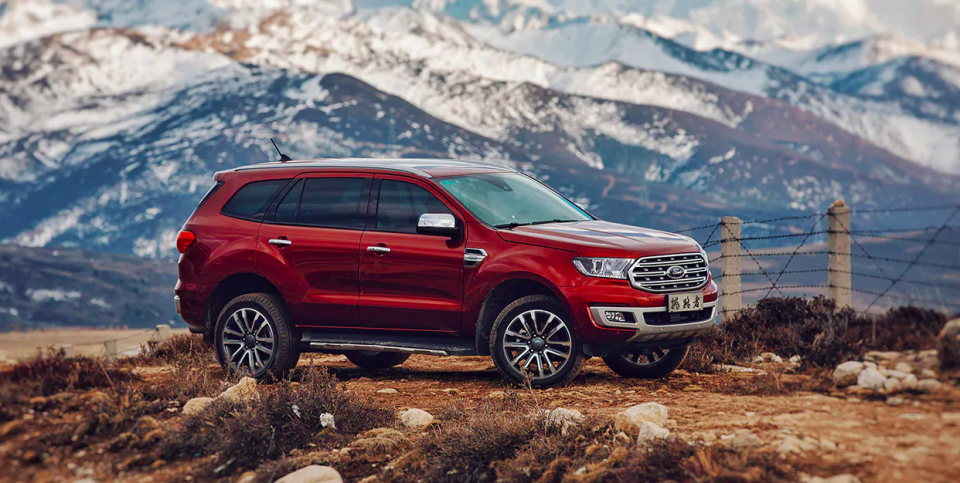
The Terra isn’t the only body-on-frame SUV available to left-hand drive Asian markets but off-limits to us.
The Ford Everest is exclusively available in China with an EcoBoost turbocharged 2.3-litre four-cylinder petrol engine, producing 202kW of power and 455Nm of torque and mated to a ten-speed automatic transmission.

Jeep’s range of SUVs has grown over the years, but you’ll notice it’s been missing one key product: a three-row SUV.
FCA’s presence in China is small and the corporation has correctly prioritised its Jeep brand there.
With SUV sales growing, it was important for Jeep to offer a three-row SUV, so it developed one from the Cherokee’s CUSW platform and dusted off the Commander nameplate from Jeep’s old three-row SUV, axed in 2010.
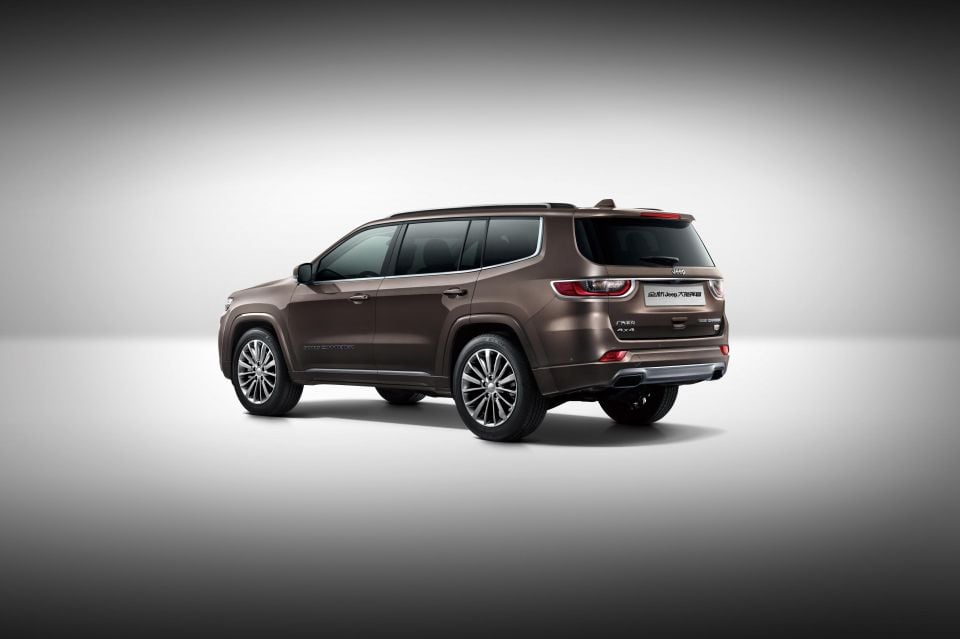
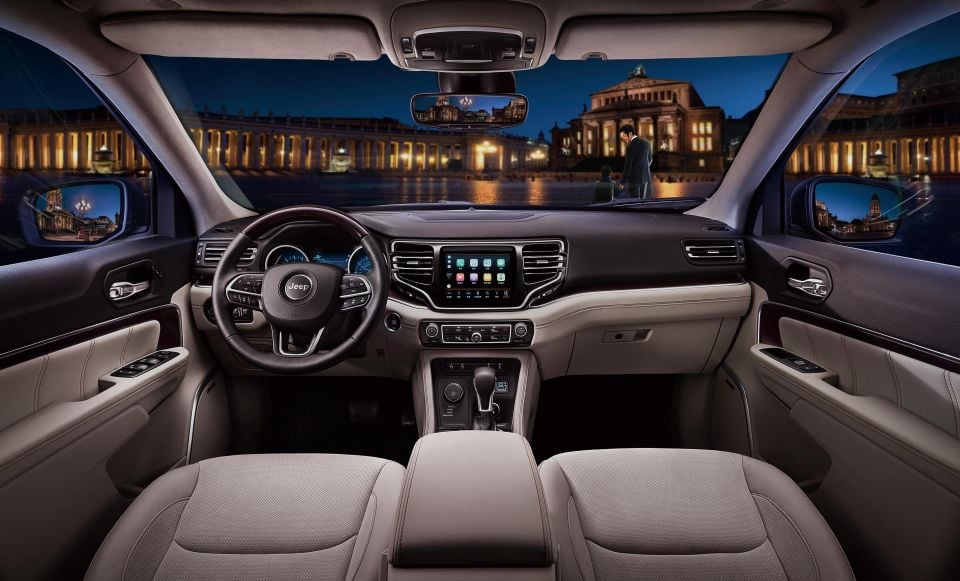
Manufactured in Changsha by the Fiat/GAC joint-venture, the five-seat Commander and seven-seat Grand Commander come standard with FCA’s Hurricane turbocharged 2.0-litre four-cylinder engine.
Also available in overseas variants of the Cherokee and Wrangler, it produces 172kW of power and 350Nm of torque (195kW/400Nm in up-spec models), and is mated exclusively to a nine-speed automatic transmission.

There’s also a plug-in hybrid version, the five-seater Commander PHEV (above), which mates the turbo 2.0-litre with a 13kWh lithium-ion battery pack, two electric motors and an electrically-variable transmission. Total electric range is 70km (NEDC).
Measuring 4873mm long on a 2800mm long wheelbase, the Commander and Grand Commander are around 45mm longer than a Grand Cherokee.
However, that SUV commands (ahem) a much higher price in China as it’s imported and therefore subject to tariffs.
With Jeep reportedly working on a three-row Grand Cherokee, it’s unlikely the Commander and Grand Commander will ever leave China.
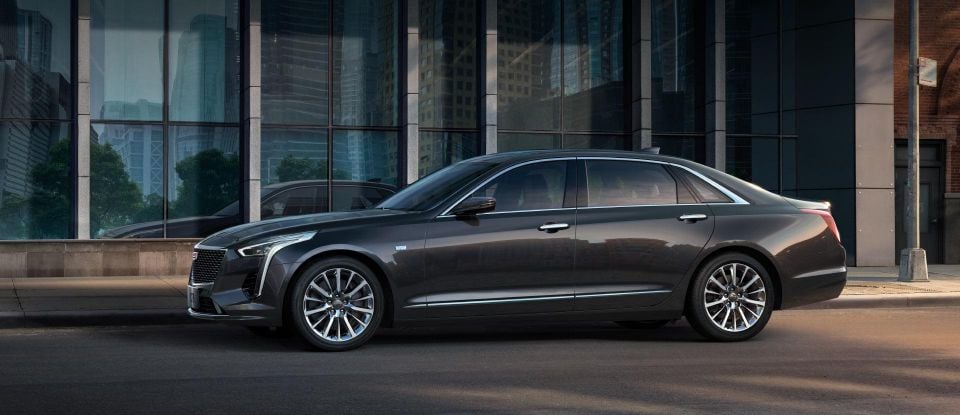
Imagine if Mercedes-Benz didn’t sell its S-Class in Germany, or Rolls-Royce didn’t sell its Phantom in the UK. That’s the strange position American luxury brand Cadillac finds itself in, no longer offering its flagship sedan in its home market.
Though the CT6 continues to be manufactured in China, it’s a tragic tale of General Motors hiring an outsider, Johan de Nysschen, only to undermine his plans during his tenure and dismantle them after his departure.
The CT6 received a mixed-metal new platform called Omega, but then GM reportedly scuttled an SUV that would share the platform. Finally, just as it received an all-new, twin-turbocharged, double overhead-cam V8 engine, GM pulled the plug on US production.
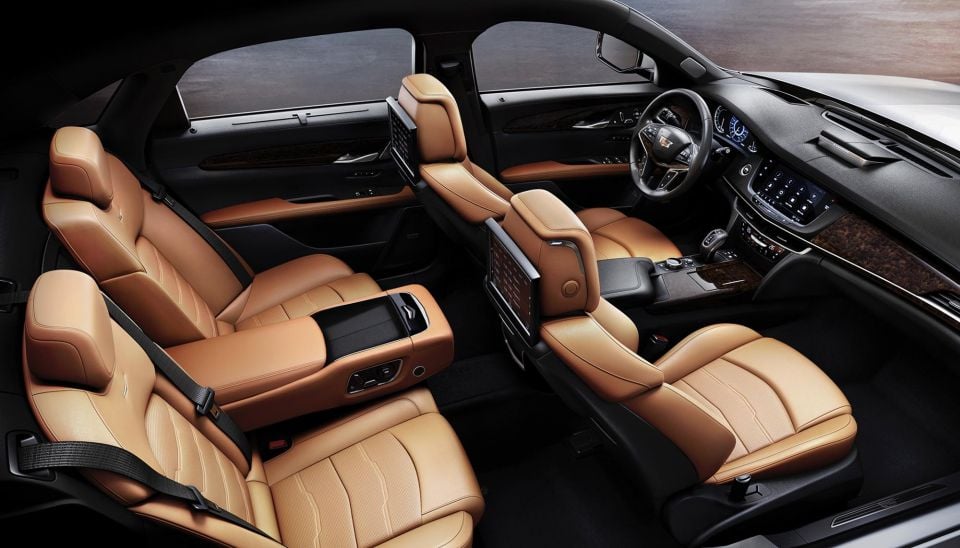
The Chinese CT6 sadly doesn’t feature the Blackwing V8, nor does it offer GM’s bafflingly short-lived, CT6-exclusive twin-turbocharged 3.0-litre V6 with 301kW and 542Nm.
Instead, there’s GM’s ubiquitous LSY turbocharged 2.0-litre four-cylinder engine, which sees duty in everything from the Chinese Buick GL8 minivan to the GMC Acadia.
It’s mated to a 10-speed automatic transmission, and produces 177kW of power and 350Nm of torque – hardly earth-shattering, even if the CT6 is a surprisingly lithe 1695kg in base trim.
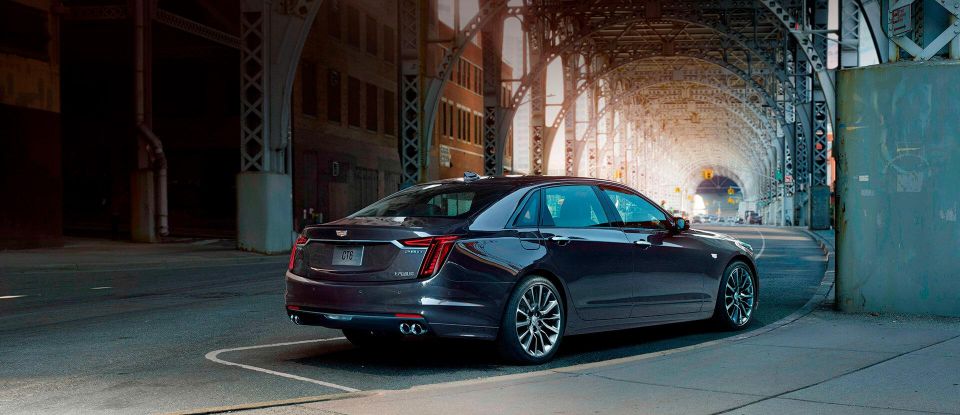
Adequate power aside, the CT6 has the accoutrements and dynamic ability expected of a luxury sedan this size plus plenty of visual presence. It’s just a pity the Chinese don’t appreciate V8 performance as much as the Americans.
It’s remarkable how much the Chinese market has matured.
Just under a decade ago, Tianjin FAW discontinued its 1988 Daihatsu Charade-based Xiali N3. Now, Chinese automakers are selling tri-motor electric SUVs.
There are still some bit players selling outdated or copycat vehicles, but the smarter companies have cleverly sourced engineering and talent from established brands overseas. Meanwhile, everyone from Audi to Volvo has tailored products specific to China.
It’s an increasingly mature market, and it’s undoubtedly going to continue to help shape what global automakers develop.
William Stopford is an automotive journalist with a passion for mainstream cars, automotive history and overseas auto markets.


William Stopford
22 Hours Ago


Max Davies
22 Hours Ago
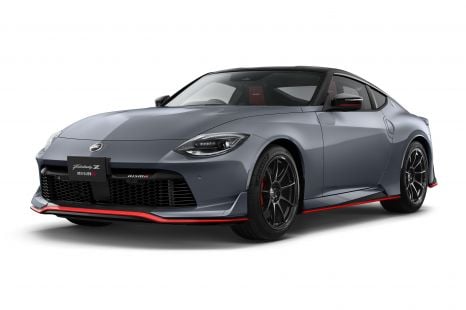

Derek Fung
23 Hours Ago
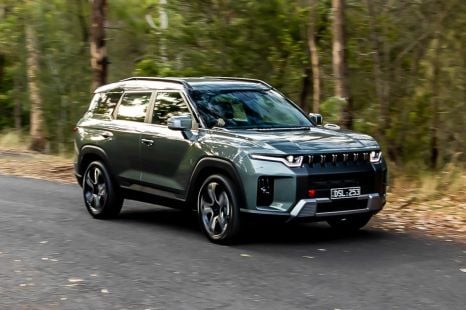

Matt Campbell
1 Day Ago


Ben Zachariah
2 Days Ago


Damion Smy
2 Days Ago